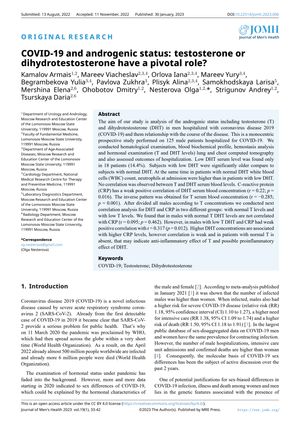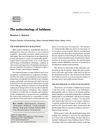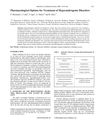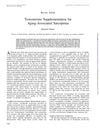COVID-19 and Androgenic Status: Do Testosterone or Dihydrotestosterone Have a Pivotal Role?
January 2023
in “
Journal of men's health
”

TLDR Higher dihydrotestosterone may be linked to more inflammation in COVID-19 patients with low testosterone.
In a study of 125 male patients hospitalized with COVID-19, researchers investigated the relationship between androgenic status, specifically testosterone (T) and dihydrotestosterone (DHT), and the disease's progression. They found that only 18 patients (14.4%) had low DHT serum levels, and these patients were significantly older than those with normal DHT levels. There was no correlation between T and DHT serum levels. However, a weak positive correlation was observed between DHT and C-reactive protein (CRP) levels (r = 0.22; p = 0.016), suggesting a potential proinflammatory effect of DHT. Conversely, testosterone showed an inverse pattern with CRP (r = −0.285; p = 0.001), indicating a possible anti-inflammatory effect. In patients with normal T levels, DHT was not correlated with CRP, but in those with low T levels, a weak positive correlation was found between DHT and CRP (r = 0.317; p = 0.012). This suggests that higher DHT concentrations are associated with higher CRP levels, but the correlation is weak and absent in patients with normal testosterone, pointing to the complex role of androgens in COVID-19 inflammation.





